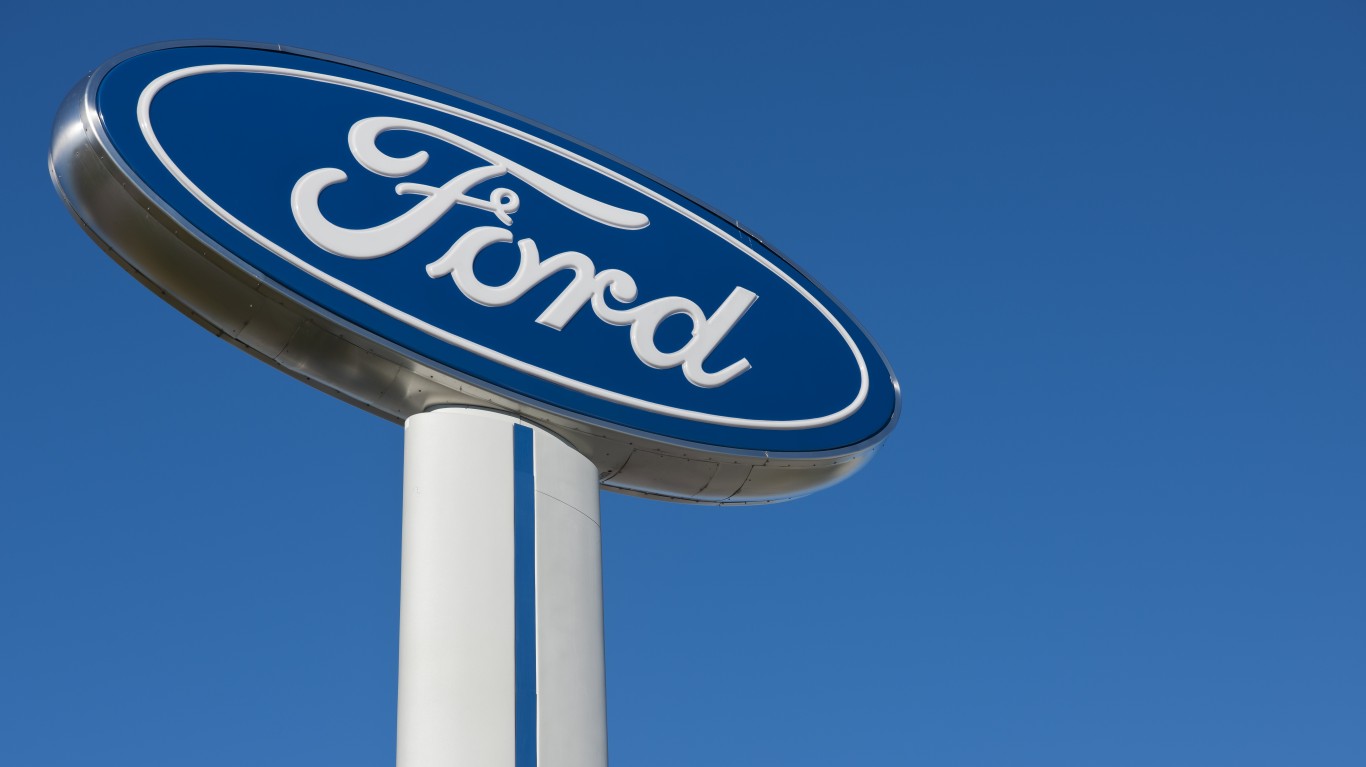 Cars sales may best represent the recovery of the consumer economy. People who can spend $20,000, $30,000 or even $40,000 must have confidence in their prospects. Otherwise, why take on such a large burden that for many people is second only to the cost of their homes? But car sales may be a poor proxy for two reasons. The first is that the average American car has been on the road for more than 10 years. The other is that manufacturers are nearly giving away some models.
Cars sales may best represent the recovery of the consumer economy. People who can spend $20,000, $30,000 or even $40,000 must have confidence in their prospects. Otherwise, why take on such a large burden that for many people is second only to the cost of their homes? But car sales may be a poor proxy for two reasons. The first is that the average American car has been on the road for more than 10 years. The other is that manufacturers are nearly giving away some models.
Cars sold in American have higher quality and dependability than ever before, at least based on information from JD Power, the gold standard of auto research. Manufacturers have undermined their old replacement cycles. Vehicles once were less durable and often were traded in after two or three years. Those cars, then sold used, still had a relatively short life span. The average amount of time a car spent in use, on average, was only eight years in 1995. Now that figure is 10.8 years.
A car cannot run well forever, and many analysts believe that once a vehicle is a decade old and has over 100,000 miles of use, that wear starts to become expensive. At some point, it is cheaper to buy a vehicle with a warranty and an odometer on zero than to make hundreds or thousands of dollars in repairs. This is particularly so given the aggressive sales tactics used by many manufacturers. Many cars sold recently are probably part of a new replacement cycle.
Several car companies currently offer zero-percent financing for as many as 72 months on new vehicles. General Motors (NYSE: GM) offers zero-percent financing for 60 months on new Cadillac CTS sedans. The model has been fairly popular, which begs the question why Cadillac has to offer the incentive at all.
Car sales may be strong and could remain so for the balance of the year. But the trend offers little offset most other economic indicators, such as overall consumer confidence, retail sales and employment.
Douglas A. McIntyre
Take Charge of Your Retirement In Just A Few Minutes (Sponsor)
Retirement planning doesn’t have to feel overwhelming. The key is finding expert guidance—and SmartAsset’s simple quiz makes it easier than ever for you to connect with a vetted financial advisor.
Here’s how it works:
- Answer a Few Simple Questions. Tell us a bit about your goals and preferences—it only takes a few minutes!
- Get Matched with Vetted Advisors Our smart tool matches you with up to three pre-screened, vetted advisors who serve your area and are held to a fiduciary standard to act in your best interests. Click here to begin
- Choose Your Fit Review their profiles, schedule an introductory call (or meet in person), and select the advisor who feel is right for you.
Why wait? Start building the retirement you’ve always dreamed of. Click here to get started today!
Thank you for reading! Have some feedback for us?
Contact the 24/7 Wall St. editorial team.




